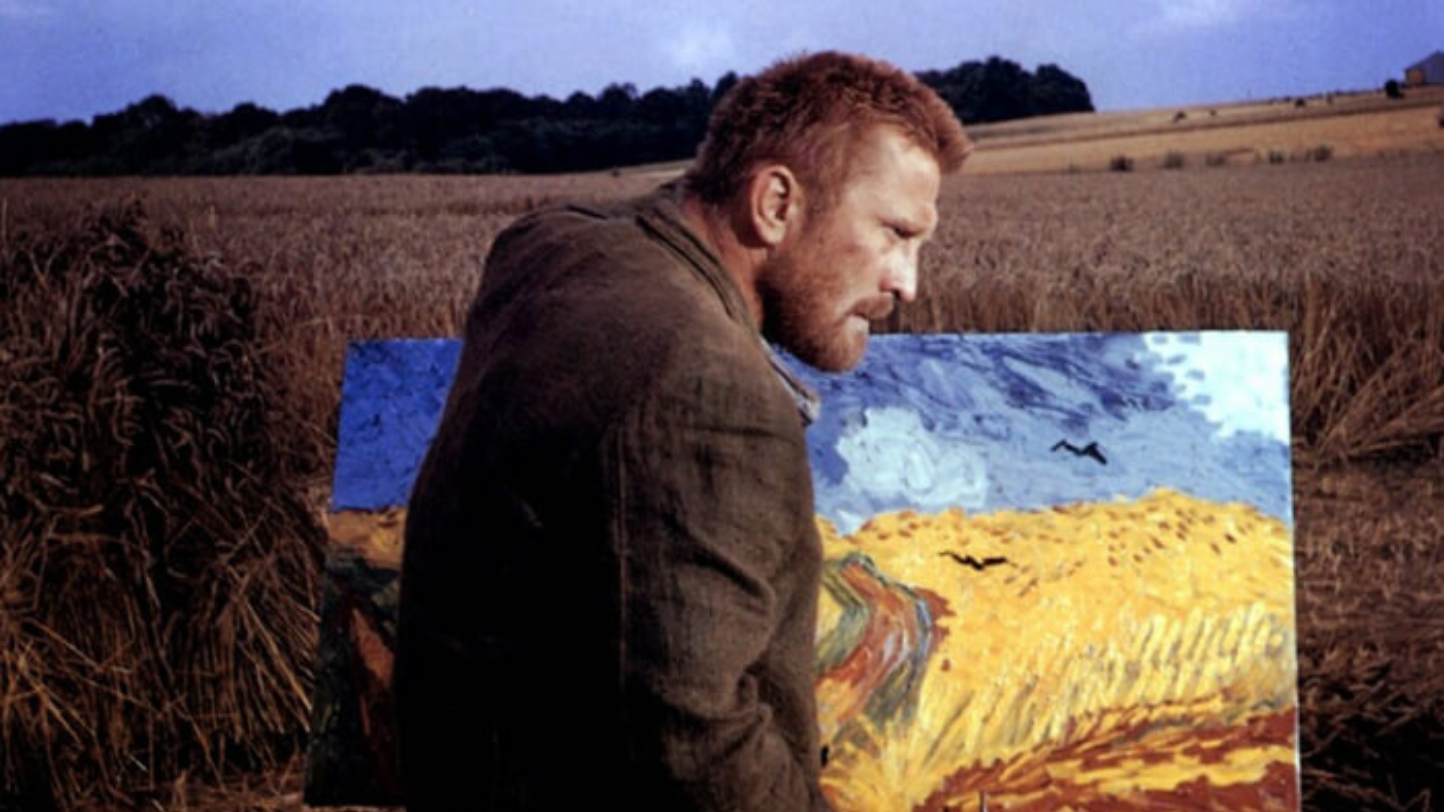
Art is a reflection of the human soul, and artists, with their lives often marked by intensity, passion, and challenges, are fascinating characters both within and outside their works. Cinema, over the years, has found in visual artists fertile ground for captivating narratives, exploring the inner conflicts, triumphs, and tragedies of great creative geniuses. Whether it's Camille Claudel's struggle for recognition in a male-dominated world, Christy Brown's perseverance in My Left Foot, or Vincent's torments... Van Gogh In "The Lust for Life," these films capture the complexity of artistic creation and the lives that give rise to it. In this article, we highlight seven productions that, in addition to entertaining, offer a deep dive into the universe of great masters of the art.
Camille Claudel (1988)

Until recently, women in art history were underrepresented—if not invisible—compared to men, and many of those who achieved recognition were overshadowed by husbands or lovers who were famous artists. This was the case with Camille Claudel, a 19th-century sculptor who was Auguste Rodin's lover, model, and occasional collaborator. Born into a devout Catholic family, Claudel (Isabelle Adjani) struggled with her strict upbringing and expectations about women's roles. She insisted on having the same freedom as men to pursue her ambitions and navigate her relationships. Her involvement with the married Rodin (Gérard Depardieu) brought her some success, but Rodin's wandering eye ultimately ended the relationship. Over time, Claudel became paranoid and insecure about her talent—to the point of destroying her works. Eventually, she was confined to a sanatorium, despite her protestations of saneness. The film received two Oscar nominations, including one for Adjani.
My Left Foot (1989)

Daniel Day-Lewis won his first Oscar for Best Actor for his portrayal of Irish artist Christy Brown, who developed cerebral palsy as a child. As the title suggests, he painted with his left foot, the only limb he could control. It was a demanding role, and Day-Lewis applied his rigorous method acting, remaining in character throughout production to the point where the crew had to move him in a wheelchair, lifting him over obstacles, and feeding him. However, he couldn't paint with his left foot; he used his right, with the help of mirrors, for some scenes. Although the film has lighter moments, Lewis's verisimilitude heightened the drama inherent in Brown's overcoming of impossible challenges.
Surviving the Picasso (1996)

Pollock (2000)

Ed Harris's portrayal of Abstract Expressionism's most famous figure earned him an Oscar nomination for Best Actor. Pollock is faithful to the artist's life—who, with his alcoholism and inner demons (possibly related to sexuality), was a perfect subject for dramatization. In his directorial debut, Harris accurately recreated the New York art world of the 1940s and 1950s, including figures such as talent scout Howard Putzel (Bud Cort) and critic Clement Greenberg (Jeffery Tambor), who initially supported Pollock before dismissing him. The film also highlights important women in his life: his wife, painter Lee Krasner (Oscar-winning Marcia Gay Harden), and his patron Peggy Guggenheim (Amy Madigan), who transformed him from a pauper to an art star. Harris enhanced his performance by learning to paint like Pollock.
Girl with a Pearl Earring (2003)

This film, starring Scarlett Johansson and Colin Firth, tackles one of the greatest mysteries in art history: who was the model for Johannes Vermeer's masterpiece, Girl with a Pearl Earring (1665)? Based on the book by Tracy Chevalier, the film suggests she was a maid named Griet (Johansson). The story is charged with ambiguous sexual tension between Griet and Vermeer (Firth), as well as the romantic interest between her and Pieter, the butcher's son (Cillian Murphy). Meanwhile, Vermeer's patron, Van Ruijven (Tom Wilkinson), attempts to seduce her after Vermeer refuses to "give her up." With cinematography that reflects Vermeer's style, the film offers fictional answers to questions that perhaps never needed to be asked.
Klimt (2006)

It's difficult to explain why Vienna in the late 19th century was a center of psychosexual movements. Perhaps because it was the seat of a decadent empire amid unresolved ethnic tensions. There, Freud developed his theories, Mahler composed dissonant symphonies, and Egon Schiele created erotic and almost obscene images. Gustav Klimt, Klimt, played by John Malkovich, was a co-founder of the Viennese Secession, but the film focuses on his sex life. In flashbacks, Klimt, hospitalized due to advanced syphilis, recalls his lovers and illegitimate children, including a daughter who works in a brothel he frequented. The film blends period costumes and dramatic exaggeration, where art takes a backseat to emotional turmoil.
Lust for Life (1956)

Several actors, such as Tim Roth and Willem Dafoe, have played Vincent. Van Gogh, the Dutch post-impressionist who cut off his own ear and died from a self-inflicted gunshot wound. But no one portrayed him with as much intensity as Kirk Douglas, who portrayed him as an outsider genius consumed by his passion. The film dramatizes moments like Van Gogh holding his hand over a candle to demonstrate his artistic determination. Douglas and Anthony Quinn (as Paul Gauguin) create intense scenes. A classic of the genre, Lust for Life established Van Gogh as a cultural icon.
